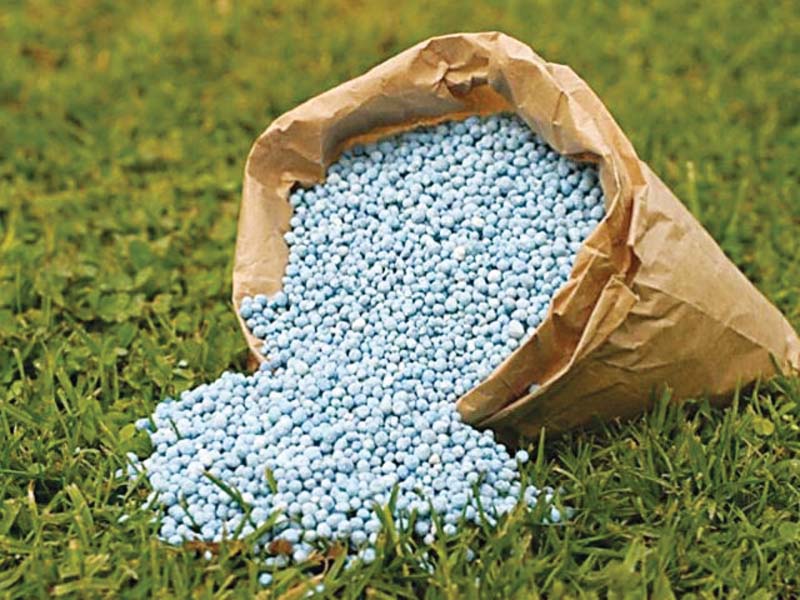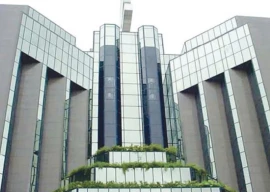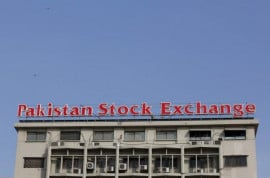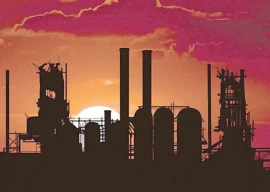
Earnings per share rose slightly to Rs0.3 compared with Rs0.2 a year earlier.
The result was below expectations, according to a Topline Securities report. FFBL’s share price fell to Rs48.97, down 2.76%, on the PSX on Monday. The benchmark KSE 100-share Index lost 439 points and closed at 40,852 points.

Revenue of the company in the third quarter (3Q2016) rose 50% year-on-year to Rs10.6 billion. The growth was mainly due to a 91% year-on-year climb in di-ammonium phosphate (DAP) sales and a 130% rise in urea demand after the announcement of subsidy.
To recall, DAP off-take had decreased during the first half of 2016 (1H2016) by 31%. It was due to weak farmer economics and partly in anticipation of a relief announcement by the government after a massive inventory pile-up.
Gross profits of FFBL fell 60% to Rs631 million in 3Q2016. After adjustment for subsidy, gross margins dropped 5.4 percentage points year on year to 17%. Other income surged to Rs1.4 billion in 3Q2016 compared with Rs80 million in the same period last year. This was on the back of a Rs300-per-bag subsidy on DAP and Rs156-per-bag subsidy on urea in addition to a 75% year-on-year rise in the share of profit from associates and joint ventures to Rs811 million.
During the first nine months of 2016 (9M2016), the company posted a gross profit of Rs184 million compared with Rs4.5 billion in the same period last year. Consequently, FFBL posted a loss of Rs358 million (loss per share of Rs0.4) in 9M2016 compared with earnings of Rs1.5 billion (earnings per share of Rs1.6) in 9M2015.
Continuous production leading to higher inventories and volatility in prices of phosphoric acid, the primary raw material, were key risks for FFBL, the report noted.
Published in The Express Tribune, October 25th, 2016.
Like Business on Facebook, follow @TribuneBiz on Twitter to stay informed and join in the conversation.




















1715142871-0/imfsalary-(1)1715142871-0-270x192.webp)










COMMENTS
Comments are moderated and generally will be posted if they are on-topic and not abusive.
For more information, please see our Comments FAQ